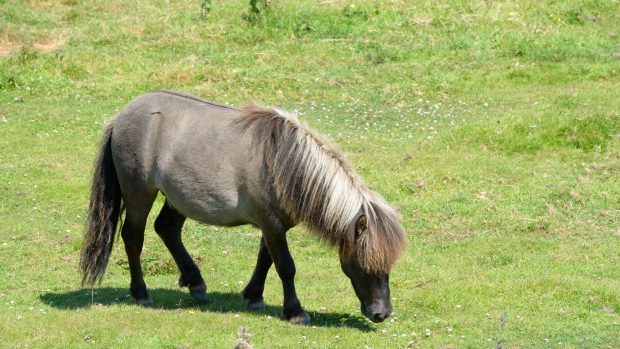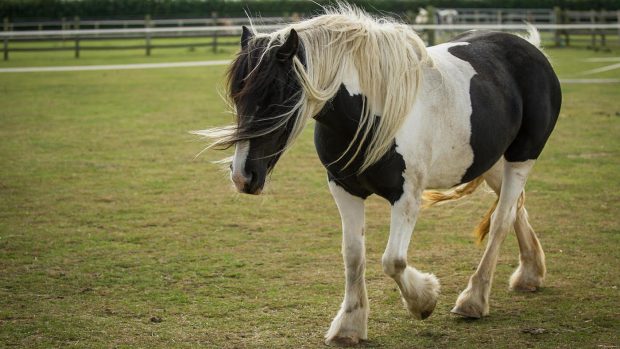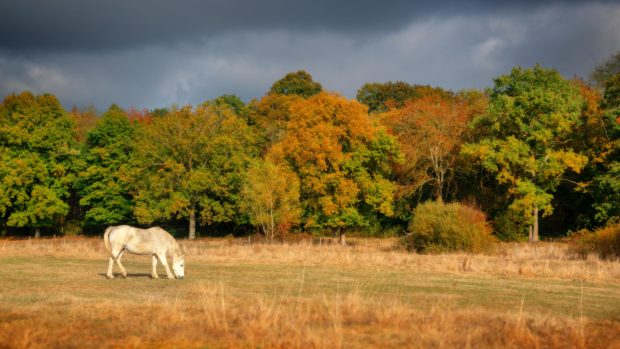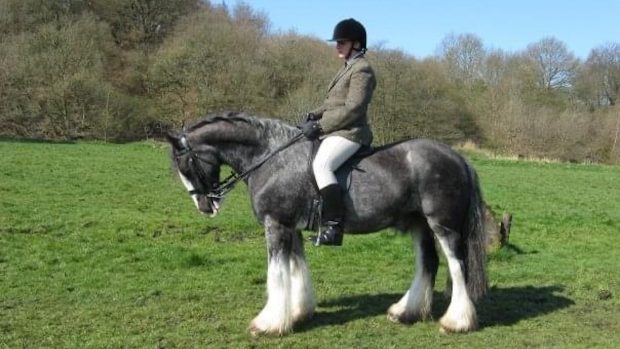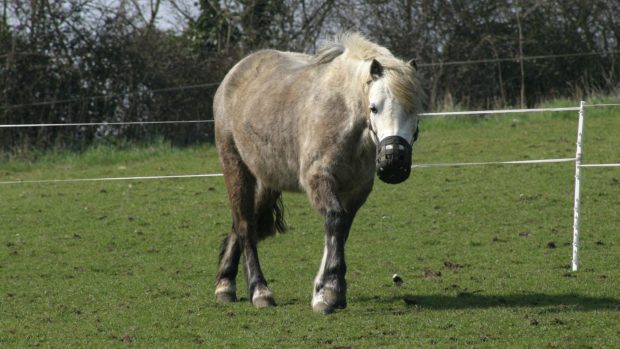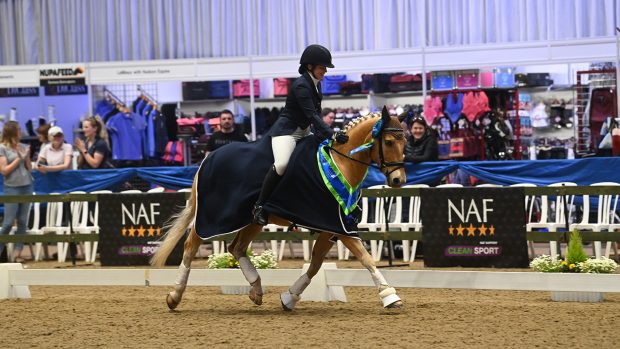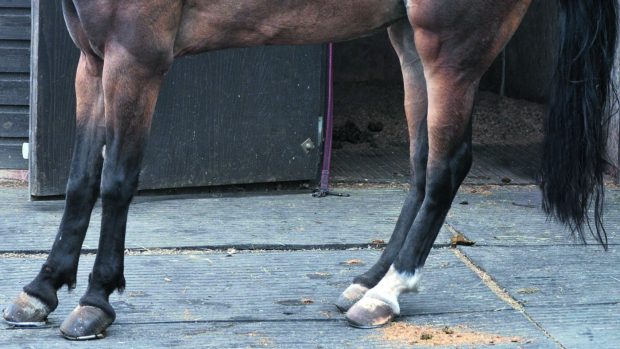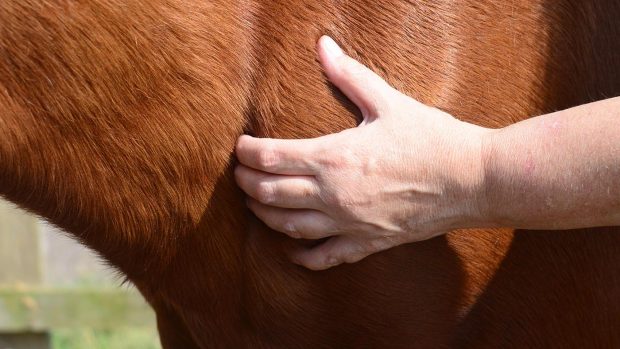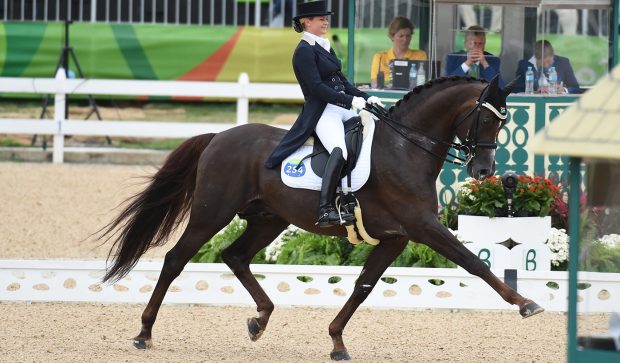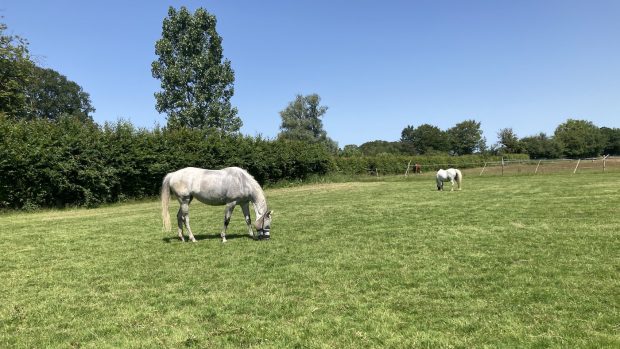Laminitis
Laminitis in horses used to be considered a condition suffered most typically by overweight ponies after gorging themselves on spring grass, but we now know there are a wide range of other causes.
Horses of all sizes and shapes suffering from metabolic conditions, such as Cushing’s disease, are also common sufferers of laminitis. Concussion can also be a cause making competition horses working on hard ground susceptible, while steroid treatment for other physical problems can also lead to a horse suffering an unexpected bout of the painful condition.
Indications that a horse may be suffering the early stages of laminitis include: poor performance, including unwilling to go forward, refusing at jumps; shortened stride on hard ground; increased fatty distension of the crest and/or rapid weight gain; strong and rapid pulse in more than one lower limb.
A horse suffering from acute laminitis will be reluctant to move and may lie down to try to reduce the pain. Once down it will be extremely reluctant to get to its feet. When standing it will stretch its forelegs out in front, carrying its weight on its heels. The hind legs will be well under the body and it may shift its weight from side to side.
If you suspect laminitis, seek veterinary advice immediately. Prompt diagnosis and the correct treatment, combined with careful ongoing management and shoeing, can make the difference between a speedy resolution with a return to full work and irreversible foot changes.


